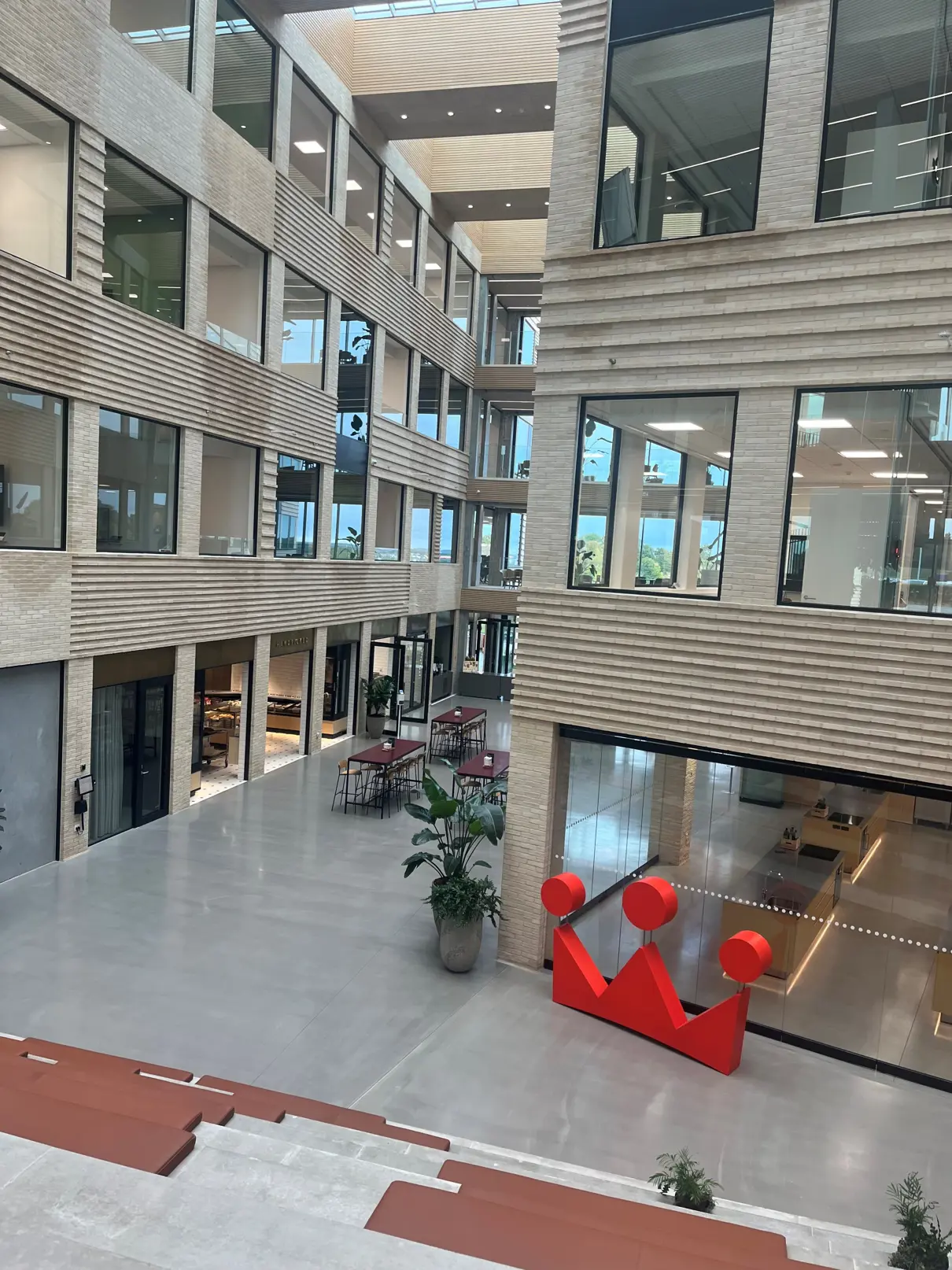The Danish Crown Group Organization
- many individual business units, but together we are one team
You will become a part of a big organization whose orginizational design are a consequence of acquisitions and mergers through our long history. The Danish Crown Group organization has a turnover of approx. 58 billion a year and globally we are over 26.000 employees. Most of the turnover are created in the subsidiary companies which both includes production and trading companies. The subsidiary companies have their own individual profile, but overall, there is a strategic coordination between the companies' own production and the other companies in the group.
Danish Crown's business organization consists of a group management (the executive board) and in addition a management team in each of the subsidiaries.
The content could not be shown due to the current cookie settings
To access the blocked content please change your cookie-settings.
The content needs acceptance of the following cookies:
- Statistic
- Funktional
- Marketing
Our organization - with roots in the Danish cooperative society
Danish Crown is a limited company but is owned by the cooperative society ‘Leverandørselskabet Danish Crown AmbA’ which has an elected management consisting of cooperative members. Get an overview of our boards, management and subsidiaries.
In 2020 Danish Crown was turned into a A/S, but Danish Crown is owned of the cooperative society "Leverandørselskabet Danish Crown Amba" which has an elected management consisting of cooperative members. This means that it is the approx. 9,000 Danish farmers who supply pigs and cattle to us, who also own the company.
Danish Crown's co-opted system consists of 3 layers:
-
Members
-
Board of Representatives
-
Board of directors
The organization is based on the cooperative principles, where one man - one vote is one of the basic principles.
of the pigs delivered to our Danish slaughterhouses come from farmers following our Climate Track
That is how much we will reduce the climate impact of our meat production by 2030 compared to 2005
We see a future in 2050 where our meat production will be climate neutral (net)
Our visual identity and expression are of great importance for our understanding of the group's brand both internally and externally, and it is therefore important that it emphasises and reflects our sustainable approach.
In September 2019, we thus got a new visual identity and expression that supports the common direction and journey that all owners and employees take together – we must create a more sustainable future for food together. In order to advance on this journey, we need to work on our understanding of our identity, and our visual identity helps to do that.
The content could not be shown due to the current cookie settings
To access the blocked content please change your cookie-settings.
The content needs acceptance of the following cookies:
- Statistic
- Funktional
- Marketing
